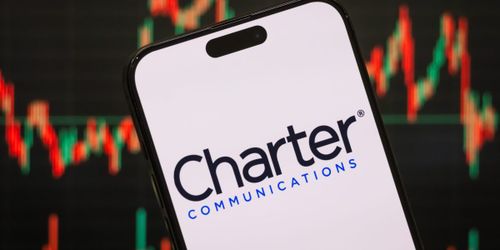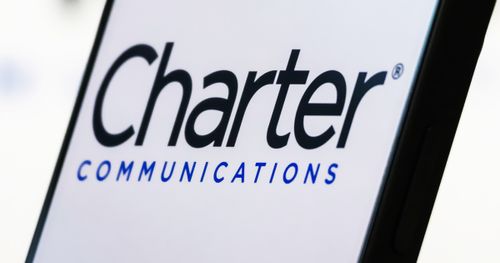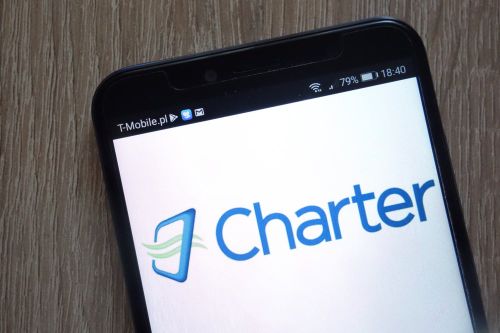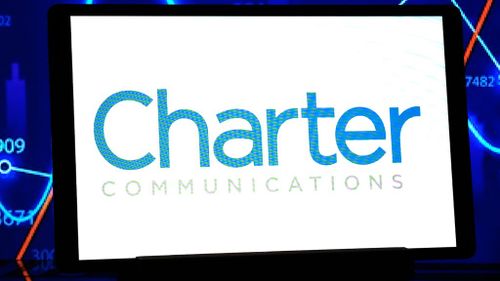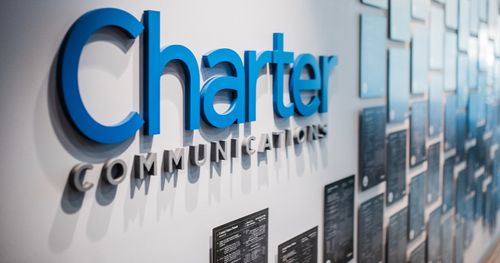Charter Stock Jumps. It’s Merging With Cox to Create a Cable Giant.


The cable giants Charter Communications and Cox Communications said on Friday they had agreed to merge, a colossal deal that would create one of the biggest TV and internet providers in the United States. The deal, which values Cox at roughly $34.5 billion, presents a test for President Trump’s antitrust enforcers. While many deal makers had expected the Trump administration to be more permissive than the Biden administration, many on Wall Street have been surprised by early signs that a tough-on-deals stance may persist. Charter and Cox argued that the deal would help them compete against big rivals, including “larger, national broadband companies” — read: Comcast, Verizon and others — as well as satellite service providers.
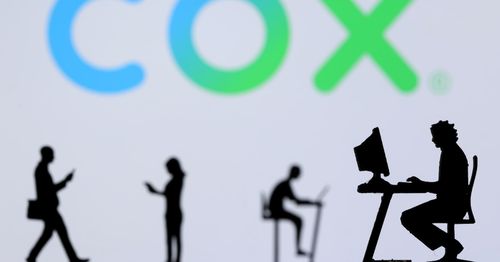
Charter Communications (CHTR.O) said on Friday it would buy privately held rival Cox Communications for $21.9 billion, uniting two of the largest U.S. cable and broadband operators as they battle streaming giants and mobile carriers for customers. American media companies are considering options for their once lucrative cable TV businesses that are now in decline as millions of consumers pivot to streamers such as Netflix. The merger - one of the biggest deals of the year globally - will help Charter better bundle broadband and mobile services, as it tries to keep customers from switching to wireless providers such as T-Mobile that have their own internet plans.
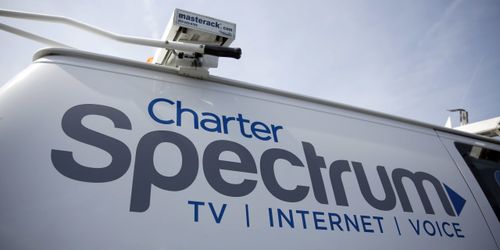
The proposed transaction values closely held Cox at $34.5 billion, including debt and other obligations. The megadeal combines Charter’s 31.4 million customers with Cox’s 6.3 million customers. Charter shares rose more than 9% in premarket trading. Joining forces offers both cable companies an answer to growing competition from cellphone carriers that are expanding their fiber-optic broadband networks and linking homes with 5G signals over the air. Charter lost 60,000 internet customers in the March quarter, while rival Comcast reported an acceleration in broadband customer losses. The deal gives the combined company more heft in competing for customers, negotiating with programmers and making network investments. It also expands the merged company’s enterprise offerings.



